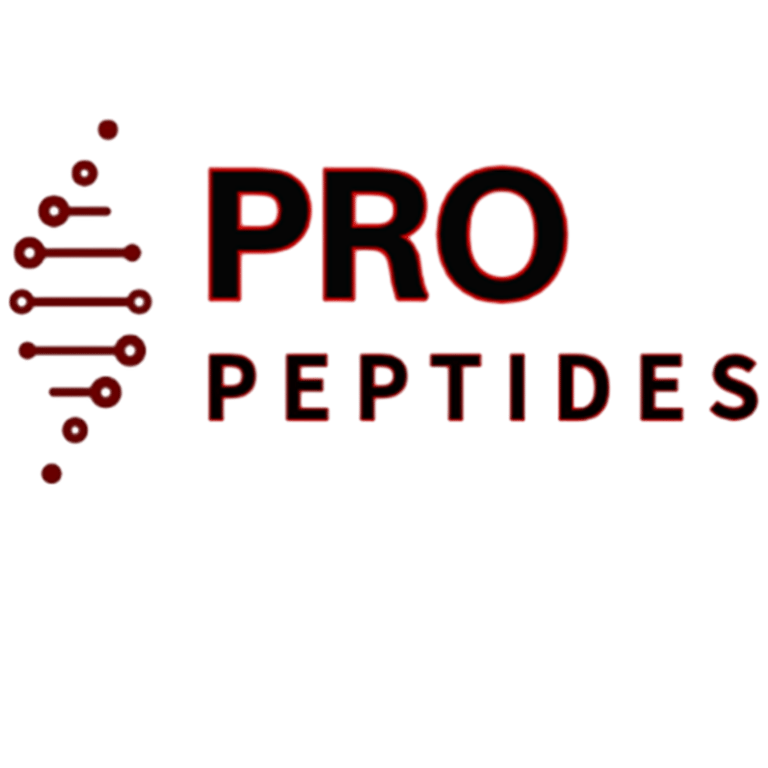About Peptides
Disclaimer: Our peptides are intended for laboratory research purposes only. They are not for human or veterinary use. By purchasing, you confirm that you are a qualified researcher or institution and will use these products strictly for scientific study.


How Are Peptides Formed?
Peptides are formed through a process called peptide bond formation or amide bond formation. Let’s break it down simply:
Amino acids join together:
Each amino acid has two important groups:An amino group (-NH₂)
A carboxyl group (-COOH)
Peptide bond formation:
When two amino acids come together, the carboxyl group of one amino acid reacts with the amino group of another. This reaction releases a molecule of water (H₂O) — a process called condensation or dehydration synthesis.The bond that forms between the two amino acids is called a peptide bond (-CONH-).
Creating chains:
Two amino acids linked by a peptide bond form a dipeptide.
Three form a tripeptide.
Chains of up to about 50 amino acids are peptides.
Longer chains become proteins.
Synthetic peptide formation:
In research labs, peptides are often made using a method called solid-phase peptide synthesis (SPPS). This allows scientists to build peptides step by step, adding one amino acid at a time to control their sequence and structure.
Important Peptide Terms
🔬 Structural Terms:
Amino acids: The building blocks of peptides and proteins, linked by peptide bonds.
Peptide bond: A covalent bond between the carboxyl group of one amino acid and the amino group of another.
Oligopeptide: A short peptide chain containing 2–20 amino acids.
Polypeptide: A longer peptide chain containing 20–50 amino acids.
Protein: A molecule consisting of one or more polypeptides folded into a functional structure (usually over 50 amino acids).
🌿 Synthesis and Research Terms:
Solid-Phase Peptide Synthesis (SPPS): A lab technique used to build peptides step-by-step by attaching amino acids to a solid resin support.
Linear Peptide: A peptide with a straight amino acid sequence (no branching or cross-linking).
Cyclic Peptide: A peptide where the ends are linked, forming a ring structure — often more stable and bioactive.
Peptide Sequence: The specific order of amino acids in a peptide, written from the N-terminus (start) to the C-terminus (end).
🧬 Functional and Biological Terms:
Bioactive Peptides: Peptides that have an effect on biological processes, like antimicrobial or hormone-regulating activities.
Growth Hormone Secretagogues (GHS): Peptides that stimulate the secretion of growth hormone, e.g., CJC-1295 and Ipamorelin.
Neuropeptides: Peptides in the nervous system involved in signaling, e.g., Semax and Substance P.
Antimicrobial Peptides (AMPs): Peptides that help the immune system fight off pathogens.
Hormonal Peptides: Peptides that act like hormones, regulating processes like metabolism and reproduction, e.g., Insulin and Oxytocin.
⚡ Laboratory and Quality Terms:
Peptide Purity: Refers to how free a peptide sample is from impurities — crucial for research accuracy.
HPLC (High-Performance Liquid Chromatography): A technique used to measure peptide purity and confirm molecular composition.
Mass Spectrometry (MS): Used to identify a peptide’s exact mass and confirm its structure.
Lyophilization (Freeze-drying): A process used to preserve peptides by removing water, ensuring long-term stability.
Peptide Stability: Refers to how well a peptide maintains its structure and activity under certain conditions — essential for research reproducibility.
What is a peptide?
A peptide is a short chain of amino acids linked together by peptide bonds. Amino acids are the building blocks of proteins, and when they form smaller chains (usually containing 2 to 50 amino acids), they’re called peptides.
Peptides can be naturally occurring in the body or synthetically made in laboratories. They play vital roles in various biological processes, including:
Hormone signaling (like insulin for blood sugar regulation)
Immune responses (certain peptides act as antimicrobial agents)
Cell communication (regulating functions like growth, healing, and metabolism)
The main difference between peptides and proteins is size — proteins are larger, more complex molecules made up of one or more long peptide chains.
In research settings, peptides are used to:
Study cellular processes and disease mechanisms
Investigate drug development and targeted therapies
Explore areas like anti-aging, muscle growth, and neuroprotection
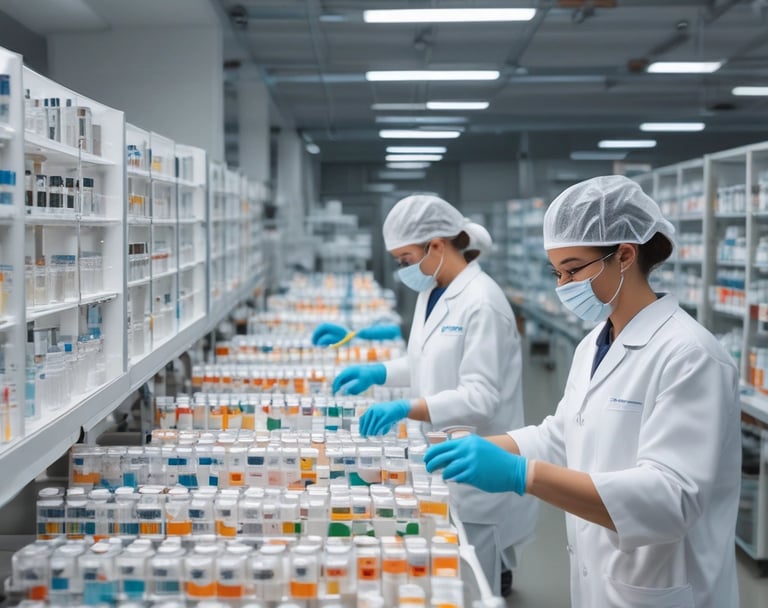

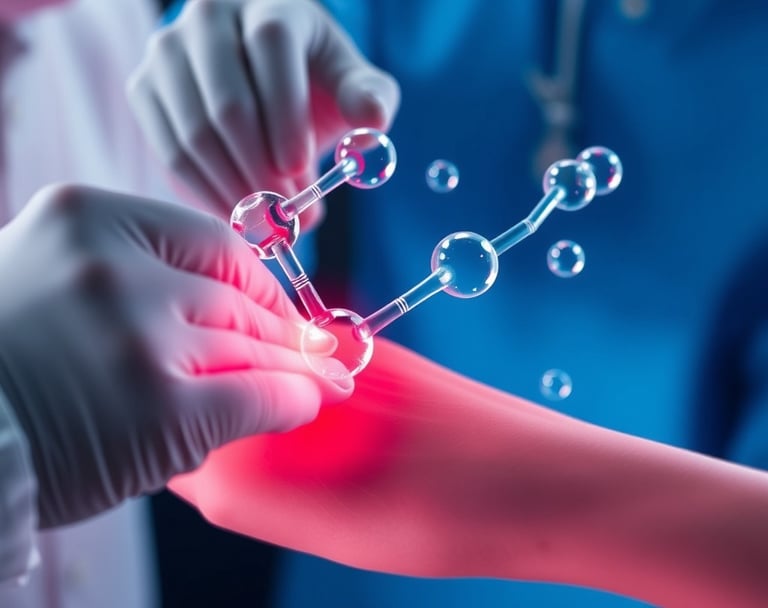

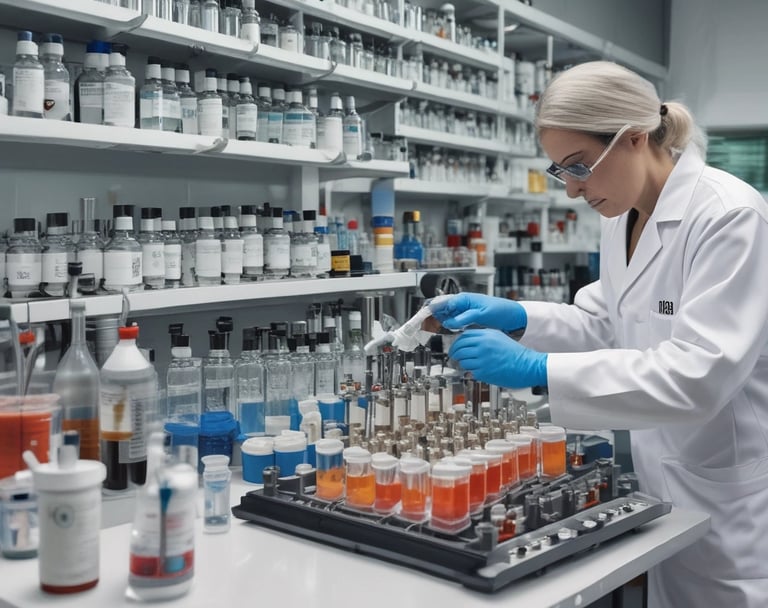

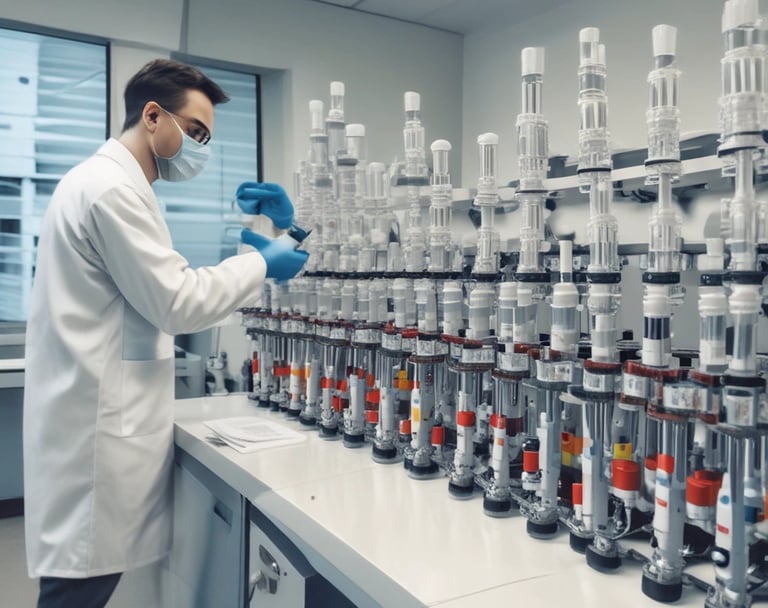

Quality Research Peptides
Disclaimer: All products sold by ProPeptides.net are intended for laboratory research use only. They are not for human consumption, medical use, or veterinary applications. By purchasing from this site, you confirm that you are a qualified professional or researcher and will use these products strictly for scientific research. ProPeptides.net does not condone or promote the misuse of research peptides in any form.
Contact
Subscribe to our email list
info@propeptides.net
© 2024. All rights reserved.
